Curd is an integral part of the meals. In India, a meal is incomplete without curd. If you're somebody who loves to consume homemade curd instead of buying it from a store then, it's a struggle to find a perfect container. Terracotta curd setter is the ideal container for producing homemade curd.
The word ‘terracotta’ is derived from the Latin word that means baked earth. The iron content in it gives reddish color. These products being handmade have no toxic or harmful chemicals in them. They are processed in an environmentally sustainable way because raw materials are available naturally. These earthenware products are 100 percent biodegradable. The terracotta or clay pots have been in use from 400 BC. Now, people around the globe have started using it. Also, many materials are being produced from terracotta like cookware, jewelry containers, storage boxes, curd setters, etc.
A terracotta curd setter is porous. These microscopic pores in terracotta evaporate the excess water and set thick curd. A bowl of fresh and creamy yogurt is simply a portion of comfort food. This dairy product works wonders in itself as various meals can be created from it. You can make a dish from it by mixing fruits and vegetables or blend it into a smoothie or make yourself a cereal breakfast.
However, yogurt tastes better when it's made in terracotta. There are various fantastic health benefits of clay curd. Ever wondered what? We have listed down a few for you:
- Terracotta being porous makes yogurt thicker
Terracotta is porous. Thus, it can absorb water. When you make curd in terracotta utensils, it absorbs the water. Making the yogurt thick and creamy in taste.
- It protects yogurt from temperature fluctuations
We know that the process of creating curd is extremely temperature-sensitive, as the slightest variation in temperature may cause curd to taste sour. Terracotta is heat resistant, which helps with the insulation of curd against temperature fluctuations. This keeps the milk at the right temperature for the curd to be formed.
- Terracotta has natural minerals
Terracotta is naturally available and is made from soil. Depending on the soil composition used to create terracotta utensils, it is jam-packed with nutrients. Generally, these utensils are rich in phosphorus, calcium, iron, sulpher, magnesium and different other organic substances. The formation of yogurt in terracotta utensils is rich and creamy with multiple nutrients.
- Adds earthy flavors to curd
You might have seen that various chefs cook food in terracotta utensils. It is because meals prepared in earthenware pots give food delicious earthy flavors. Yoghurt formed in terracotta pots would taste better than any other container.
- Terracotta is an alkaline substance
We know that curd is acidic. However, terracotta balances the acidity in yoghurt as it is an alkaline substance. This helps with minimizing the sourness in it and gives the sweeter taste to the yoghurt.
How to use a Curd Setter to produce yogurt?
The yogurt that is formed in a terracotta curd setter is rich in taste and thick inconsistency. It is effortless to use a curd setter. Let's have a look at the steps:
- Heat milk
Make sure you use one pot specifically for making yoghurt. An ideal pot is a thoroughly dried one. It lets the yoghurt turn out creamy and thick. Before pouring milk into your pot, swish the same with water. It makes sure that your yoghurt doesn't stick onto the terracotta pot. Now place your pot of milk on the stove at low temperature. Increase the heat after five minutes to medium. In the next 30 to 40 minutes, you will see bubbles on the surface. That's when you have to turn the stove off as milk is about to boil.
- Adding live cultures
Before adding the live culture, make sure to check the temperature of the milk. For that, you can insert your clean little finger in the milk or by holding the pot. If you can hold the pot for five seconds, then milk is ready for live culture. If milk is too hot to stay for five seconds, then you need to wait for some time. It takes about 30 minutes for the liquid to come into this temperature. When milk is ready, add the culture to it and stir thoroughly.
- Set to incubate
After adding the culture, close the lid of the pot. Make sure to keep the terracotta pot in a warm place overnight. You can allow the pot in room temperature for incubation if the area you live in is sweltering as the terracotta pot is a great conductor of heat. After keeping it for six to eight hours or overnight, you would see that your curd is ready for consumption.
Undoubtedly, daily curd consumption would give you immense health benefits. It is rich in vitamin D, healthy gut bacteria, proteins, and calcium. It aids in digestion and boosts the body's immune system. It is good for the skin and keeps the bones healthy. There are ways to fit the terracotta pots in our everyday life. Using it would make the food delicious and healthy to consume.
And, curd set in the curd setter is very beneficial for your health. Try the terracotta curd setter next time you want to consume delicious yoghurt. Terracotta being organic and lead-free brings out the best in anything.










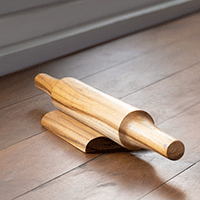


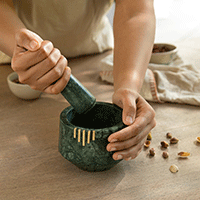



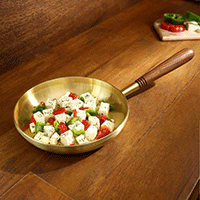














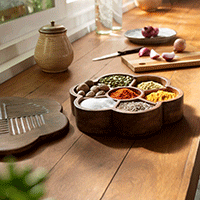






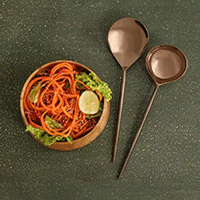







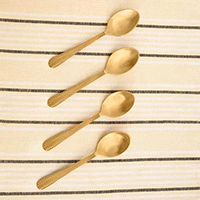

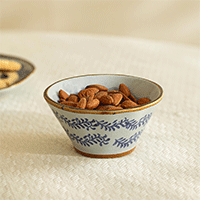


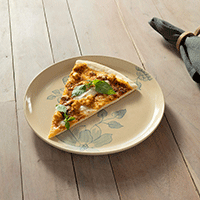





























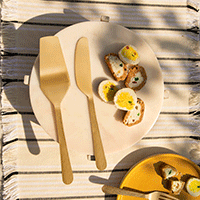
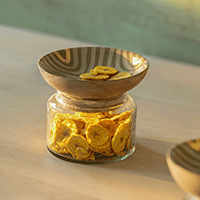






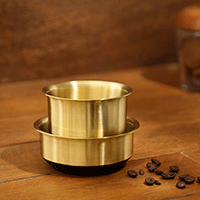




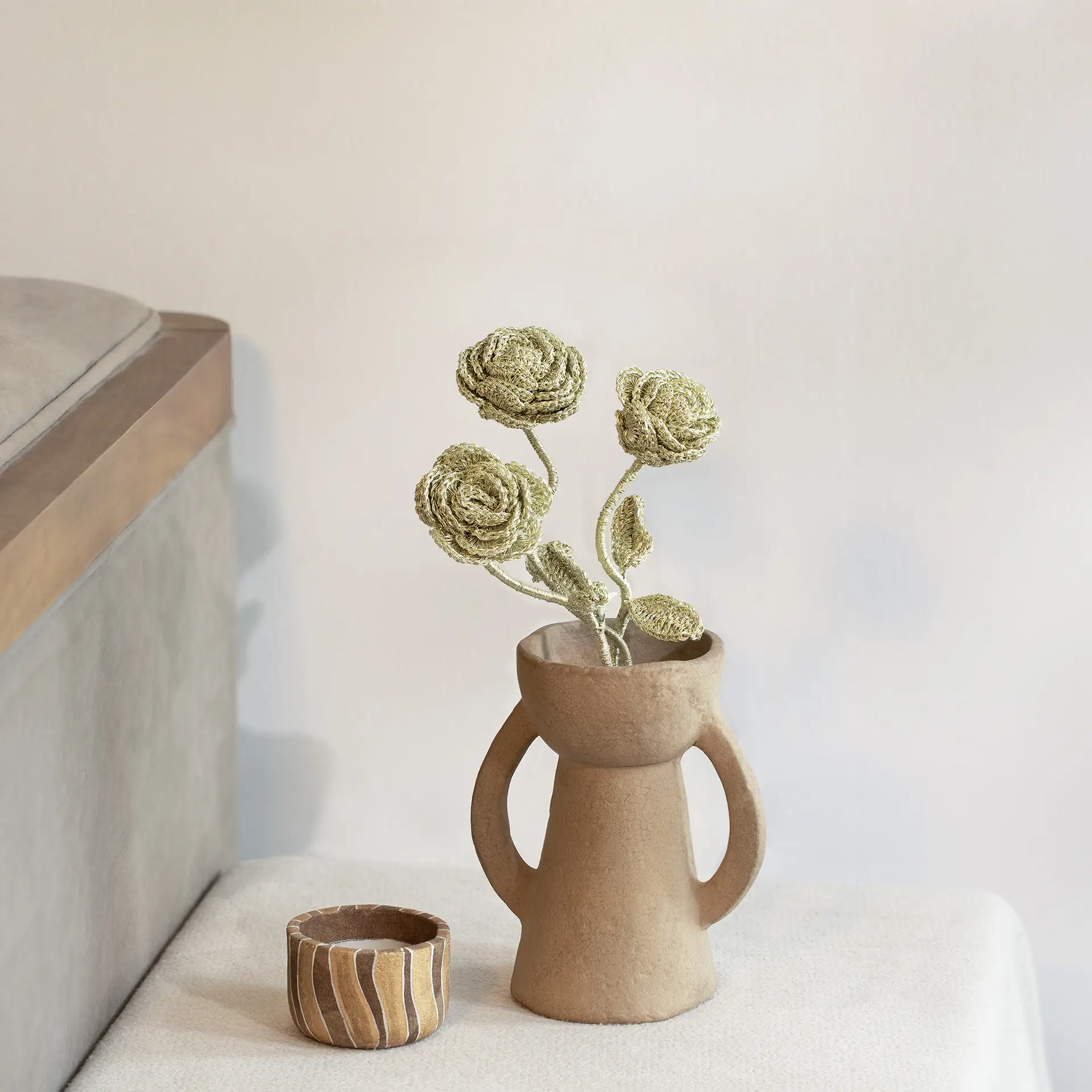























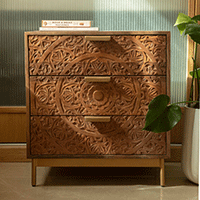

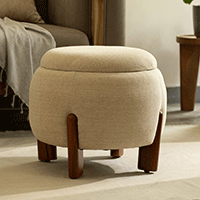













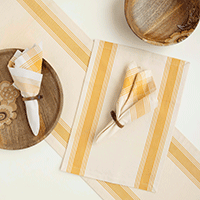





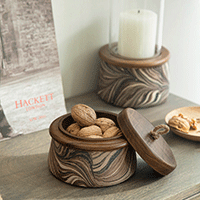




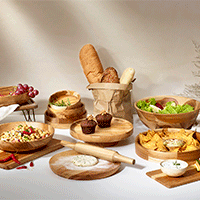
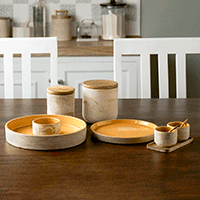

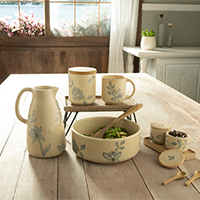




















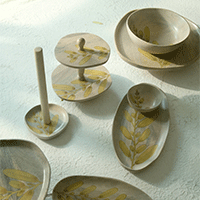

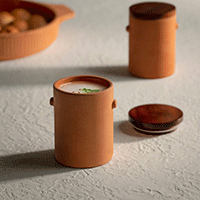



















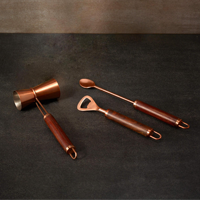



















 easy returns
easy returns safe & secure
safe & secure hand crafted
hand crafted
